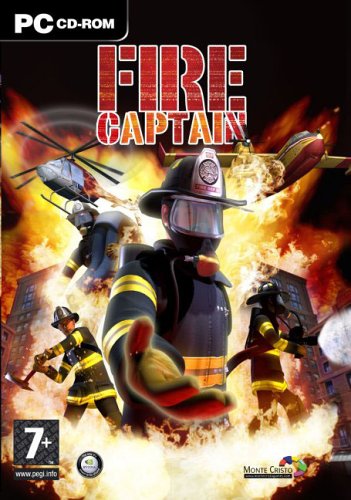Abstract of Study: Effect of Computer-Based Video Games on Children: An Experimental Study
Here are the results of an experimental study that compares the results of using a computer to teach (with no game activities) vs. using a computer game to teach. The results of the study indicate that a video game condition can lead to an increase of learning over just using a computer for instruction.

Here is the abstract:
This experimental study investigated whether computer-based video games facilitate children’s cognitive learning. In comparison to traditional computer-assisted instruction (CAI), this study explored the impact of the varied types of instructional delivery strategies on children’s learning achievement. One major research null hypothesis was tested: there are no statistically significant differences in students’ achievement when they receive two different instructional treatments: (1) traditional CAI; and (2) a computer-based video game. One hundred and eight third-graders from a middle/high socio-economic standard school district in Taiwan participated in the study. Results indicate that computer-based video game playing not only improves participants’ fact/recall processes (F = 5.288, p < .05), but also promotes problem-solving skills by recognizing multiple solutions for problems (F = 5.656, p < .05).
The subject matter for the instruction was fire fighting. Two different instructional materials: computer-assisted instruction and a computer-based video game were used in this study. For the computer-assisted instruction, a unit of text-based instructional materials was developed. For the computer-based video game, Fire Department 2: Fire Captain, a 3D, real-time strategy game developed by Monte Cristo Games, was chosen for this study. This computer game has been assessed by the Pan-European Game Information (PEGI) age rating system, and has been approved for children seven years and older.
This 3D, real-time computer game applied the design principles derived from Keller’s (1987) attention, relevance,confidence, and satisfaction (ARCS) model of motivation to facilitate children’s learning.
The study used a control group and an experimental group.
- Control Group
Participants in the control group (CG) learned by interacting with computers individually. The contents of the computer-assisted instruction in this study used a text-based format. The fire-fighting content was presented in a single web page without hyperlinks. The content included elements of fire, fire categories, fire-fighting techniques, and fire safety information. Participants determined their own reading pace by dragging the scroll bar on the right side of the web browser. No teacher was involved in this study, and the researcher provided only technical support to the participants when needed.
- Experimental Group
This group played the game Fire Captain is a real-time strategy game, the players needed to put out a fire atthe end of tutorial mission, and their performance was graded by the game. To avoid interference with others, no teacher was involved in the experiment. As in the control group, the researcher provided only technical support to the participants when needed.
Here are some conclusions from the researchers.
The results from this study provided experimental evidence to support that the use of computer-based video games can facilitate students’ cognitive learning process.
Children can improve their cognition through playing computer and video games. Kids’ play with computer games exemplifies forms of knowing and being in the world that are irreducibly and simultaneously social, technical, material, and symbolic (Mizuko, 1997).
Reference: (read study for yourself)
Chuang, T.-Y., & Chen, W.-F. (2009). Effect of Computer-Based Video Games on Children: An Experimental Study. Educational Technology & Society, 12 (2), 1–10.
Mizuko, I. (1997). Interactive media for play: Kids’ computer games and the productions of everyday life, Unpublished doctoral thesis, Stanford University, USA.
Posted in: Uncategorized
Leave a Comment (0) ↓